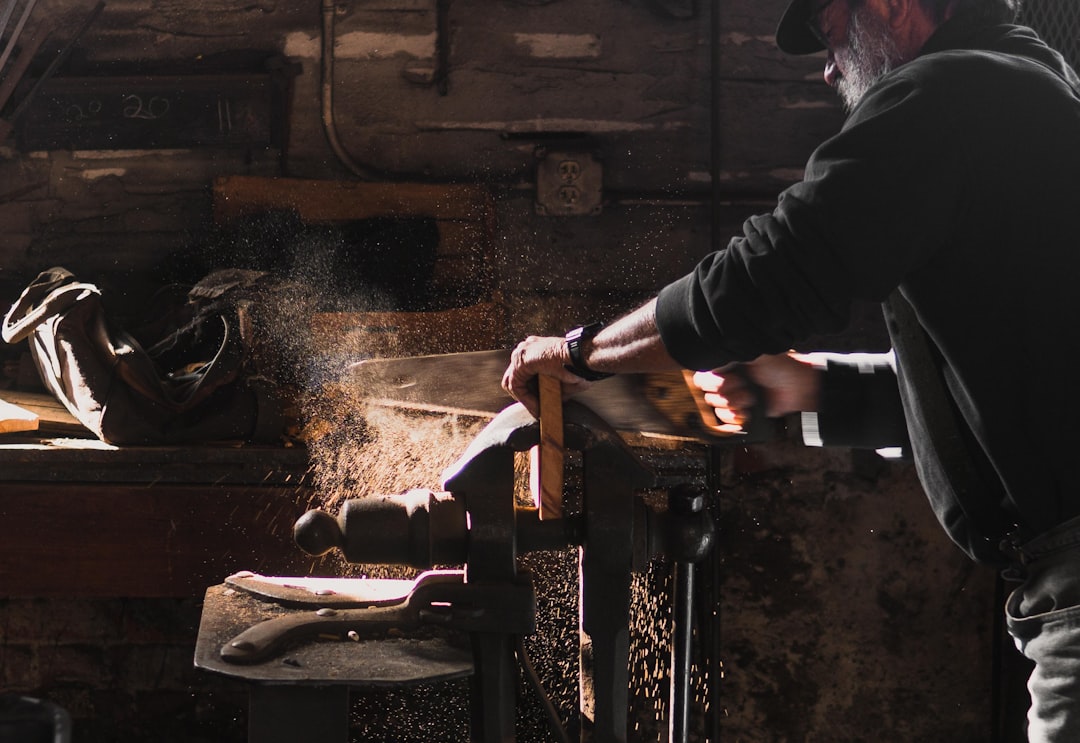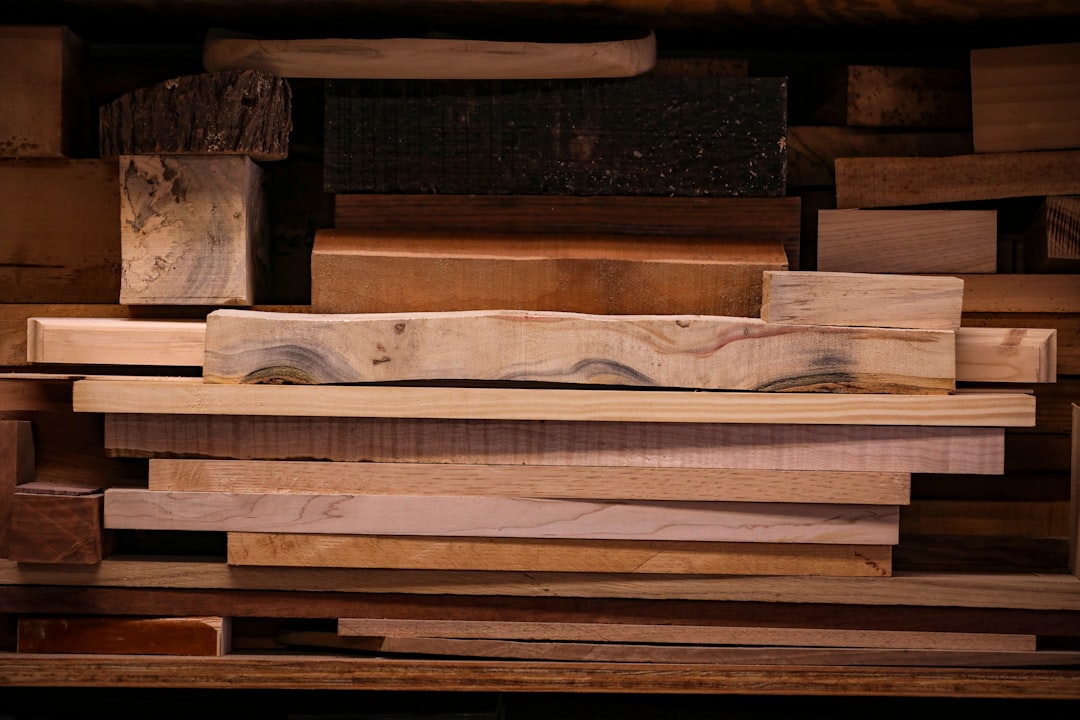When it comes to connecting to the internet or a local network, fiber optic cables are becoming increasingly popular. These cables are made of glass fibers that transmit light signals and provide faster data transfer rates than traditional copper cables. A fiber optic termination box is a crucial component for ensuring that these cables are properly connected and protected.
Simply put, a fiber optic termination box is a small device that terminates the ends of fiber optic cables. It protects the delicate fibers from breakage and provides a safe environment for splices and connectors. The termination box is usually located at the end of a fiber optic cable run, where it connects to other devices such as a switch or a router.
The basic function of a fiber optic termination box is to protect the fibers and prevent them from being damaged during installation or maintenance. It can also be used to segment cables, which is useful in large installations where many cables converge in one location. By segmenting the cables, it makes it easier to find problems and isolate them without affecting the rest of the system.
One of the advantages of using a fiber optic termination box is that it provides a secure connection between two fiber optic cables. This connection allows for data to be transmitted at high speeds and without interference from other devices. It also helps to minimize signal loss and ensures that the data arrives at its destination intact.
Another important aspect of a fiber optic termination box is that it provides a clean and organized environment for splicing fiber optic cables. In the past, splicing was done by manually stripping the fibers and splicing them together. However, this process was prone to errors and contamination, which could affect the signal quality. With a fiber optic termination box, splicing is done in a controlled environment with minimal risk of contamination.
In addition to splicing, a fiber optic termination box can also be used for connectorization. This is the process of attaching connectors to the end of a fiber optic cable. Connectors are used to connect the cable to other devices, such as switches or routers. The connectors are attached to the termination box, which provides a safe and organized environment for the process.
When selecting a fiber optic termination box, there are several factors to consider. First, it is important to choose a box that is compatible with the type of fiber optic cable you are using. The termination box should also be able to accommodate the number of fibers in the cable. Additionally, the box should be easy to install and maintain.
There are two basic types of fiber optic termination boxes: wall-mounted and rack-mounted. Wall-mounted boxes are designed to be mounted on a wall or other flat surface. They are typically smaller in size and are suitable for small installations or where space is limited. Rack-mounted boxes, on the other hand, are designed to be installed in a standard equipment rack.
A fiber optic termination box is an essential component for any fiber optic network. It provides a secure and organized environment for splicing and connectorization, as well as protecting the fragile fibers from damage. When selecting a termination box, it is important to choose one that is compatible with your cable and easy to install and maintain. By using a fiber optic termination box, you can ensure that your fiber optic network operates efficiently and reliably.











